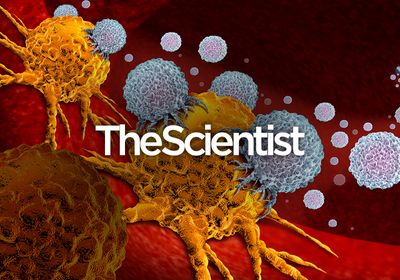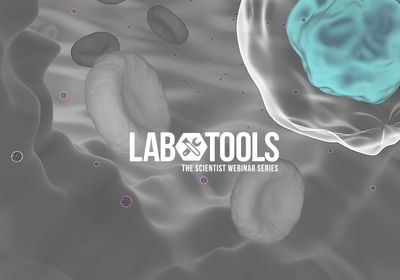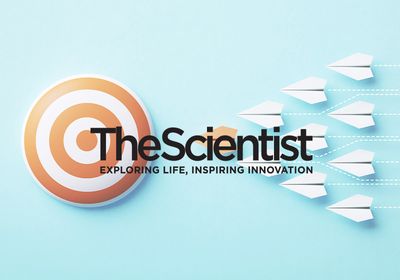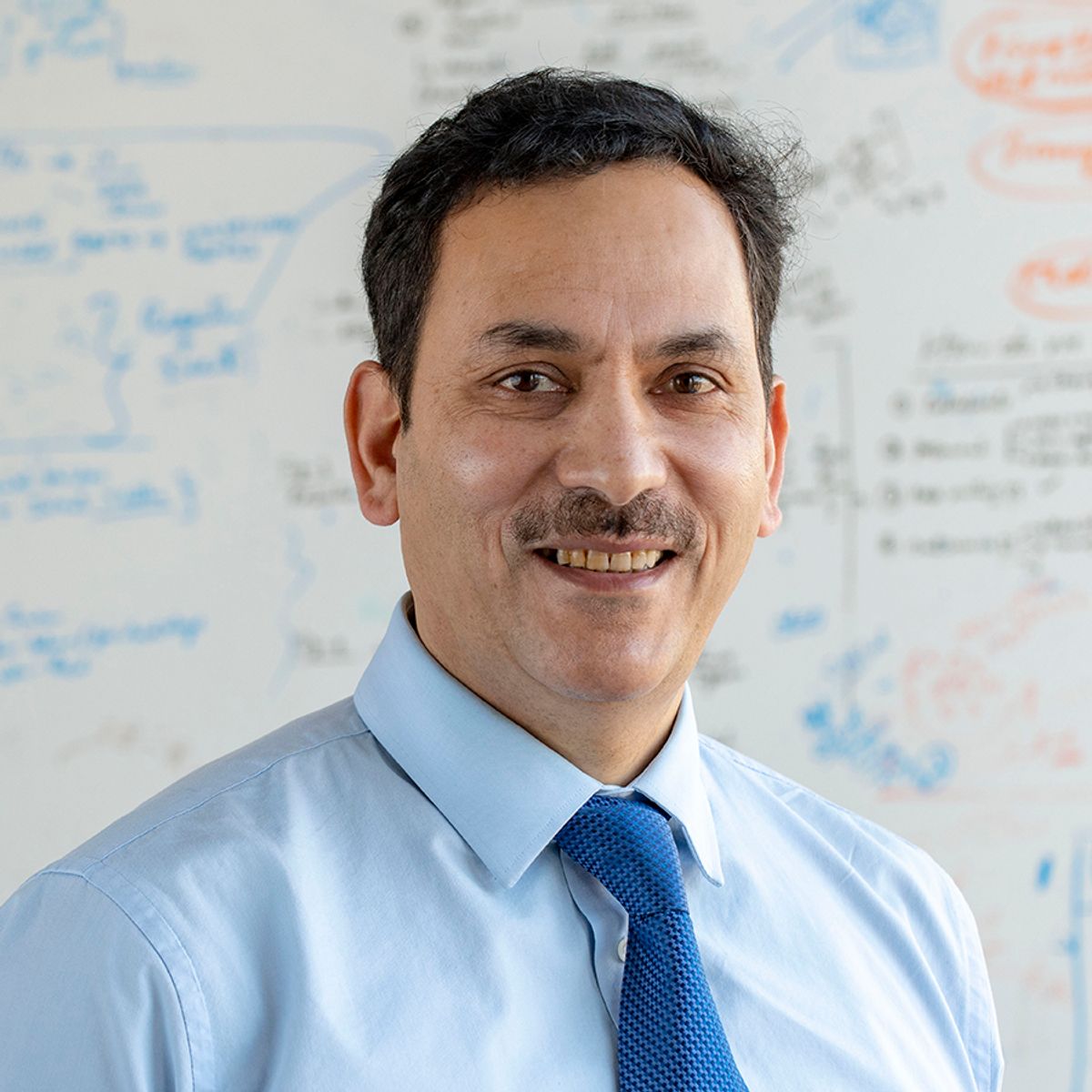
Behind cardiovascular disease, cancer is the second major cause of death in the United States and will likely cause approximately 600,000 deaths in 2023 alone.1 While chemotherapy, surgery, and radiation therapy are traditional cancer treatments that can be applied individually or in combination, a patient’s response to these approaches depends on cancer type, location, heterogeneity, and drug resistance.2 Consequently, researchers need to develop novel therapies and delivery methods.
Khalid Shah, the director of the Center for Stem Cell and Translational Immunotherapy at Brigham and Women’s Hospital and a professor at Harvard Medical School, develops cancer therapeutics that use stem cells as delivery vectors to treat primary and metastatic brain and lung cancers. In a recently published Science Translational Medicine paper, Shah’s laboratory developed an allogeneic twin stem cell system carrying oncolytic viral particles and immunomodulators to treat brain metastases.3 A few weeks later, his lab also published a Stem Cells Translational Medicine paper, where they engineered mesenchymal stem cells to secrete a bi-functional molecule targeting two receptors in lung tumors, leading to cancer cell death.4
In an interview with The Scientist, Shah discussed the benefits of stem cell-based cancer therapies, his approach to their development, and the future of cell therapy.
How did you become interested in using stem cells as a delivery method for cancer therapies?
In graduate school, I studied cell signaling and genetic engineering, so I could manipulate genes to control cells. I became interested in finding treatments for patients with glioblastoma, a type of brain cancer. While I was investigating proteins that could kill tumor cells but not harm healthy cells, a new study came out showing that stem cells migrate or home to tumors in the brain. I thought if we could genetically engineer stem cells to release therapeutics, they would kill the cancer cells once they homed to the tumor.
What are the advantages of using stem cell-based therapy transportation compared to direct intravenous therapy administration?
Many therapeutic proteins or antibodies have short half-lives, making it necessary to administer them repeatedly. Additionally, the blood-brain barrier prevents therapeutics from entering the brain to treat tumors. By using local delivery of stem cells to the tumor site, we circumvent a therapy’s short half-life and delivery issues to the brain.
For oncolytic viruses, most research groups either inject them directly into the tumors or administer them intravenously. However, we developed and pioneered oncolytic virus-loaded stem cells. The stem cells protect the viral particles as they move through the body until they reach the tumor, where the viral particles lyse and kill the stem cells. Because the virus propagates inside the stem cell, this method increases the amount of virus delivered to the tumor.
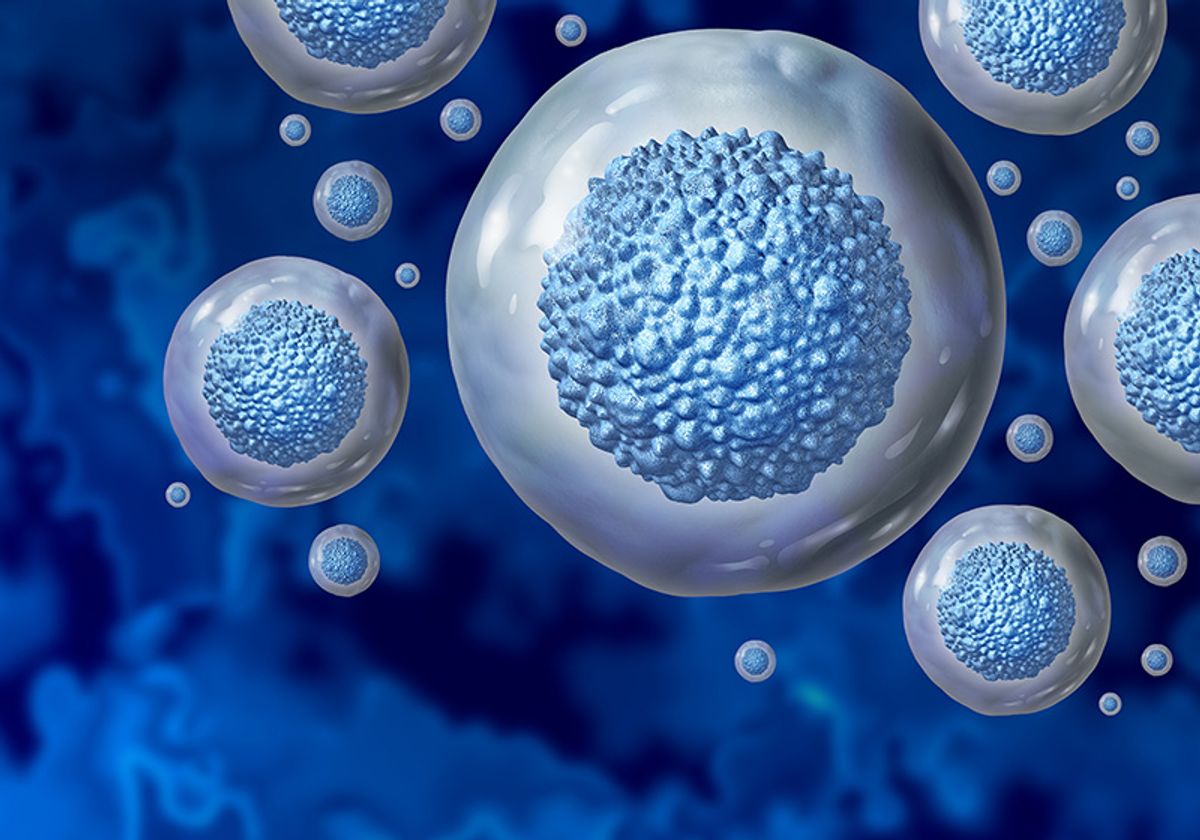
What is your philosophy behind cancer therapy development?
I think that there is a lot of focus only on innovation, but if scientists want to make their innovative technologies translational, they need to build infrastructure to support their innovation. That is what we are doing. We are innovating, but also putting structure around our innovation to make it translational.
What do you envision the future will look like for stem cell-based therapies?
I think cell therapy has come leaps and bounds in the last decade with cancer treatments based on chimeric antigen receptor T cells, natural killer cells, and stem cells. As the therapies evolve, a question that keeps coming up is: How do we make cell therapy a viable treatment? I think we are all learning how to deliver these new therapies to patients, and in the next 10 years the hospitals and healthcare centers, not only in the United States but worldwide, will have geared themselves up to administering cell therapies to patients more effortlessly and economically. I think cell therapy’s future looks very bright.
This interview has been condensed and edited for clarity.
References
- Siegel RL, et al. Cancer statistics, 2023. CA Cancer J Clin. 2023;73(1):17-48.
- Debela DT, et al. New approaches and procedures for cancer treatment: Current perspectives. SAGE Open Med. 2021;9.
- Kanaya N, et al. Gene-edited and -engineered stem cell platform drives immunotherapy for brain metastatic melanomas. Sci Transl Med. 2023;15(698):eade8732.
- Moleirinho S, et al. Fate and efficacy of engineered allogeneic stem cells targeting cell death and proliferation pathways in primary and brain metastatic lung cancer. Stem Cells Transl Med. 2023;12(7):444-458.

